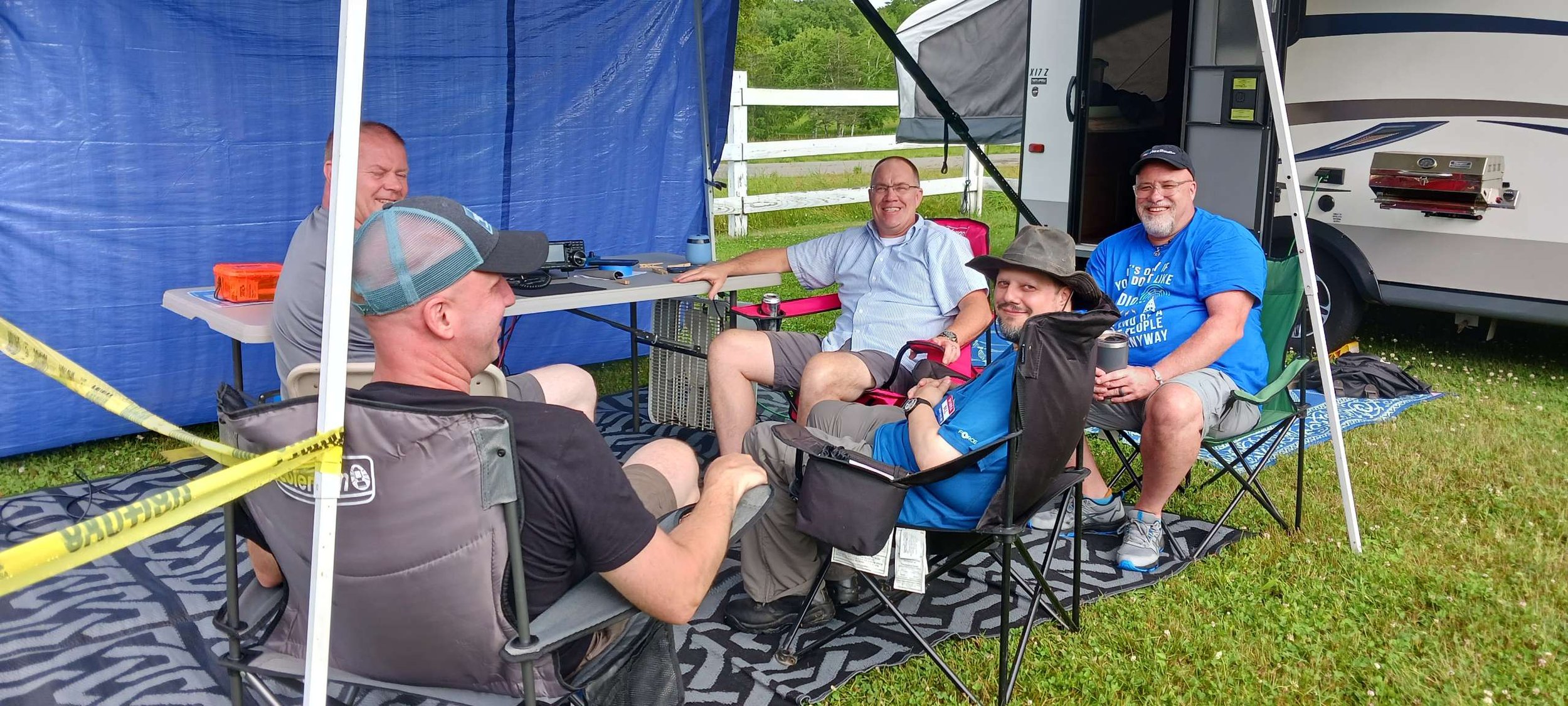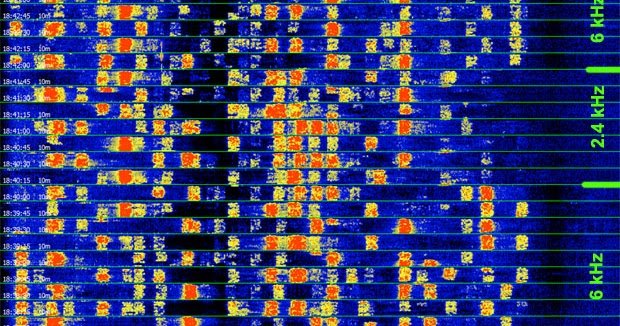
Welcome to Ham Radio
Hello there! If you're here, you're likely interested in learning more about Amateur (Ham) Radio. Perhaps you received a card from someone at our club indicating that you'd like to get more involved. If that's the case, we'd like to extend a warm welcome to you and hope that we can be of assistance as you work towards obtaining your Ham Radio Ticket.
We understand that obtaining your Ham license can be overwhelming due to the multitude of resources available, including videos and books. It can be time-consuming to determine the most effective way to obtain your license. Therefore, we have taken the initiative to organize these resources in a user-friendly manner to assist you in navigating and locating the information you need.
What Can You Do with Ham Radio?
Let’s face it, in this world and these troubled times having an alternative way to communicate could be very handy. Not just having the equipment to set up and operate but also having the knowledge to do so with skill and experience to know what works and what does not. During a natural disaster or during a national emergency you could be on the front lines helping others when their standard of communication is no longer working.
“The most important thing you can do with a ham radio license is to have fun. I have had so much fun doing ham radio activities with my friends and fellow club members. You do not have to be an engineer or an electrical genius to enjoy ham radio and all it has to offer to make your life more fun. The friends you will make will be lifelong, like-minded individuals who will share in your enthusiasm for this wonderful hobby.” - Tim (KC1QDK)
Ham radio has made some incredible advances in modern times to include many digital modes of communication. If you are computer savvy and enjoy a challenge, you could do one of the many digital modes of communication, including but not limited to:
FT8 - In 2018, it is by far the most popular digital mode for award chasing and working DX. It is described in this news story. The WSJT-X software can be downloaded from Joe Taylor's website. Gary ZL2iFB has written an FT8 Operating Guide.
Packet - One of the first "modern" digital modes, packet radio transmits data in groups or "packets" of 10s or 100s of bytes. This allows improved throughput and error control. The basic protocol for packet radio is AX.25. Transmission speeds typically range from 300 bps on the HF bands to 1200 and 9600 bps on VHF or UHF.
PSK31 (or BPSK31, Binary Phase Shift Keying 31.25 Hz) Probably the most popular keyboard to keyboard digital mode today, PSK31 is normally generated and decoded using PC soundcards with one of many available software packages. PSK31 occupies very small bandwidths (approximately 100 Hz) and offers effective communication at low power.
RTTY (radio teletype) is the original keyboard to keyboard mode, based on the 5-bit Baudot code, began with mechanical Teletypes as mentioned above. It is still a popular communications mode but now uses PCs for coding and decoding, using 170 Hz frequency shift keying at a 45.45 baud rate -- 60 words per minute.
Other Modes Many other data modes are available for experimentation, including Pactor and Clover enhance packet operation, and MFSK, Olivia, Throb, Domino EX, MT63, and Thor, which are other modes mainly for PC/soundcard operation. AMTOR is a unique form of RTTY that provides error detection and correction.
You could join ARES Amateur Radio Emergency Services. Amateur radio operators use their training, skills, and equipment to provide communications during emergencies When All Else Fails®. Hams serve our communities when storms or other disasters damage critical communication infrastructure, including cell towers, and wired and wireless networks. Amateur radio can function completely independently of the internet and phone systems. An amateur radio station can be set up almost anywhere in minutes. Hams can quickly raise a wire antenna in a tree or on a mast, connect it to a radio and power source, and communicate effectively with others.
and Much, Much, More…….
-
With an amateur radio license, you could become involved with sporting and community events. Bicycle Racing, Marathons, Track and Field, parades all need a communication team. There is nothing like the feeling of being an important part of a large event to make you feel like you are contributing to and being a part of something great...
-
You can compete in many contests with other Hams; you can win awards and participate in various competitions.
-
Morse code, you could learn CW and join an exciting group of radio operators who are keeping the CW tradition alive and well in the hobby.
-
POTA, SOTA, there are many groups of radio operators who are avid outdoorsman and women who participate in activating parks and mountain tops you could join their ranks and challenge your ability to operate off the grid…. There are many awards and challenges that go along with this super fun way of using your ham radio license.
-
You could join a club, joining an active club is a fun way to enjoy your ham radio license some clubs have show and tell learning from each other and find an Elmer who is experienced in the mode you are interested in pursuing to help you along with your journey Club meet ups and meetings are a great way to meet other hams and further the hobby.
Want More?
Resources for study and testing
local resources (clubs and services)
Online resources (YouTube and Podcasts)






